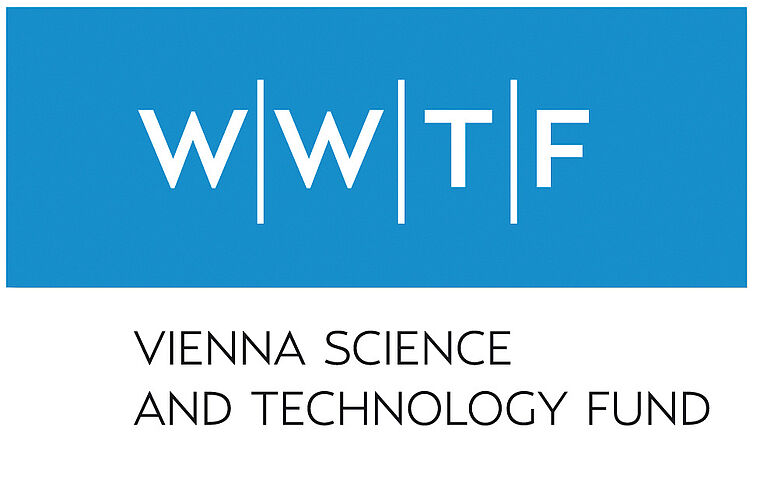Project Details
When island nanostructures self-assemble during the epitaxial growth of thin films on substrates, the resulting morphology strongly impacts thin-film physical and chemical properties. This triggers enormous interest in engineering pre-determined island shapes in order to improve the design of thin-film nanostructures employed in an ever-growing number of applications, such as optoelectronics, semiconductor devices, solid oxide fuel/hydrolysis cells, and photovoltaic devices. Completely reliable models are often missing, however.
This project combines theoretical and experimental efforts to model the fundamental mechanisms responsible for the variety of nanoisland shapes. The validity of atomistic models introduced in Molecular Mechanics and of elastic models based on Continuum Mechanics will be assessed, and novel models proposed. The focus is on mono- and multilayer islands and on the roughness of thin films grown by Molecular Beam Epitaxy (MBE) and Pulsed Laser Deposition (PLD).
The innovative aspects of the strategy reside on the methods employed both in the mathematical and experimental investigations, and on the synergy between the two complementary approaches. Island shapes will be analytically recovered through the minimization of configurational energies in the Calculus of Variations framework, and experimental growth morphologies will be evaluated with a host of surface characterization techniques (STM, RHEED, AFM, LEIS, XPS, etc.).
